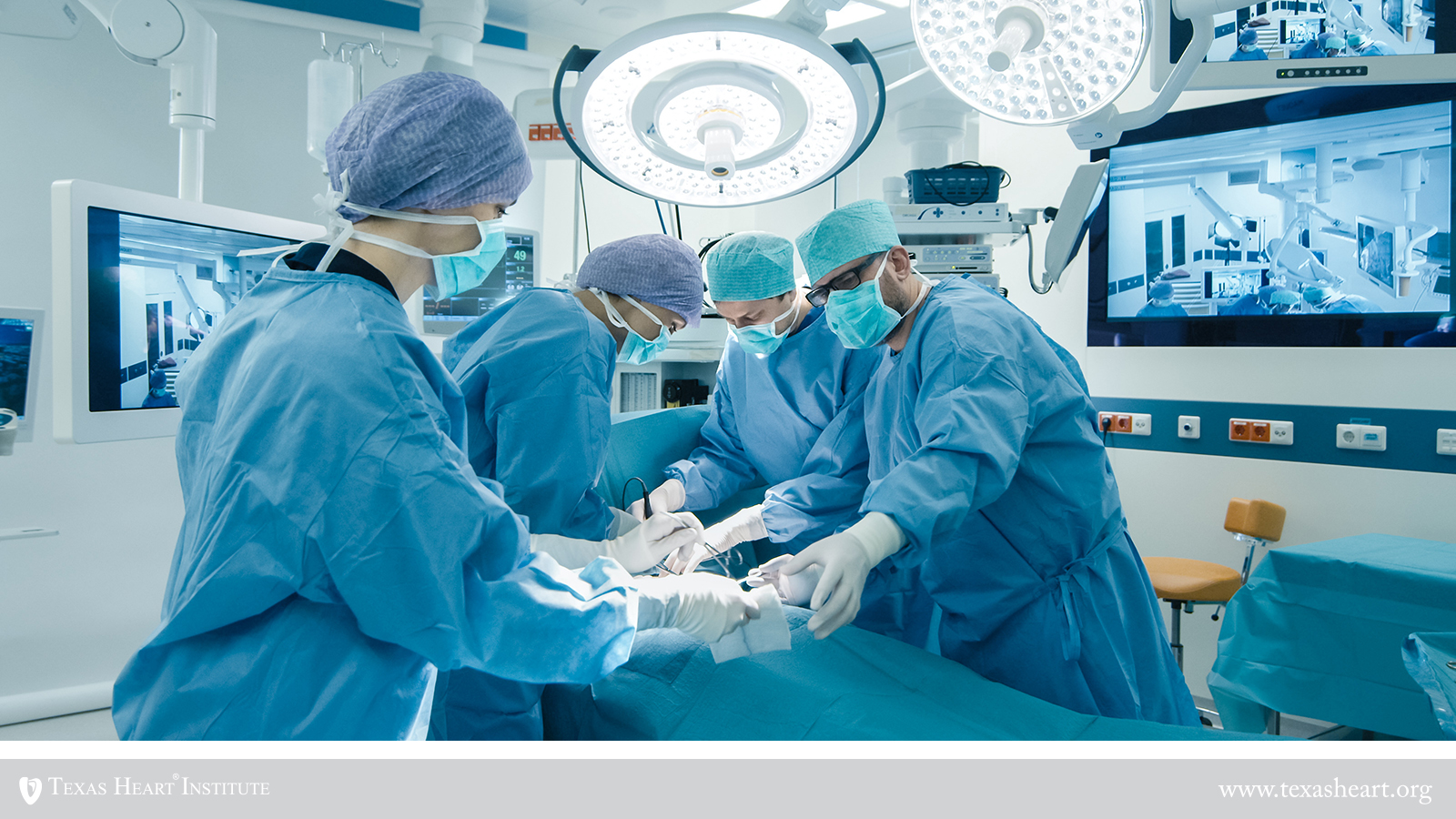Mycotic Aortic Aneurysms Are Rare but Often Dangerous

Rare Aneurysms Caused by Infection Need Special Attention
A 30-year study of mycotic aortic aneurysms shows that they are rare but often dangerous. New clinical research from investigators at the Texas Heart Institute and Baylor College of Medicine indicates that early detection gives patients the best chance of survival.
Mycotic aortic aneurysms (MAAs) are outpouchings of the aorta that form as a result of bacterial infection. Because MAAs comprise less than 1% of all aortic aneurysms, they are not seen in large numbers at any one surgical center, making them hard to study in the short term. Consequently, there are few guidelines based on high-quality evidence to help surgeons treat MAA.
In an effort to address this issue, Dr. Joseph S. Coselli’s aortic surgery team at Baylor College of Medicine and the Texas Heart Institute examined data collected over a 30-year period, from 1992 to 2021. During that time, their group performed more than 10,000 aortic operations—a mere 75 of which were conducted to repair an MAA. The findings were presented at the 101st Annual Meeting of The American Association for Thoracic Surgery in April 2021 and were subsequently published in the Journal of Thoracic and Cardiovascular Surgery.
One important finding of this analysis was that MAA is often life-threatening: 64 (85%) of the 75 patients required urgent or emergency surgery. Twenty-six of these patients presented with rupture of their aneurysm, a condition that can cause the patient to bleed to death if they don’t receive swift intervention. In addition, many of the patients with MAA had an active bacterial infection (perhaps with the same organism that had caused their aneurysm), increasing their already high risk of postoperative complications—including fatal ones.
“When we repair MAAs,” says Dr. Coselli, “we generally remove all infected portions of the aorta and debride the surrounding affected tissue, then replace the removed portions with either a biological conduit or a synthetic graft soaked in antibiotics. We also advise that patients be treated with antibiotics for an extended period after surgery.
“Unfortunately, despite our best efforts,” Dr. Coselli adds, “twenty percent of these patients died in the hospital, and only twenty-seven percent were still alive ten years after surgery. So the best thing the medical community can do for these patients is to identify MAAs early on, before they rupture or otherwise require urgent surgery. That will do a lot for patients’ chances of survival. We hope what we’ve learned from this study will aid that effort.”
Read Report
Frankel WC, Green SY, Amarasekara HS, Orozco-Sevilla V, Preventza O, LeMaire SA, Coselli JS. Early and late outcomes of surgical repair of mycotic aortic aneurysms: A 30-year experience. J Thorac Cardiovasc Surg. 2022 Apr 8. doi: 10.1016/j.jtcvs.2022.03.029.
News Story By Stephen N. Palmer, PhD, ELS




